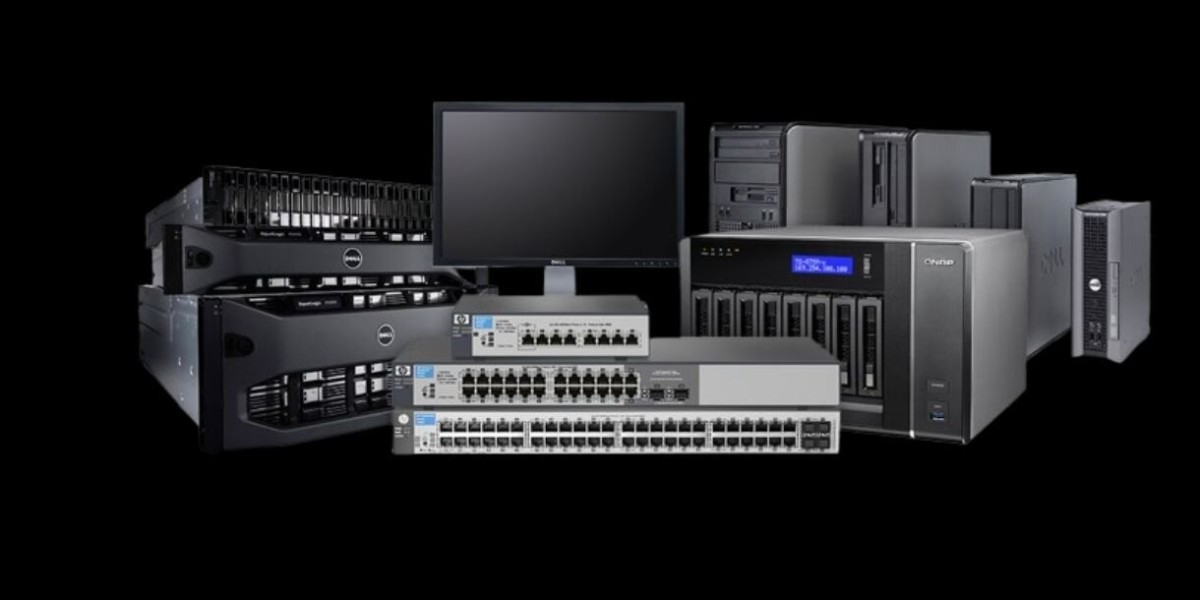In today’s digital world, networks are the foundation upon which almost all technology is built. A network, at its core, is a system that allows multiple computers, devices, or servers to communicate with each other, sharing data, resources, and applications. Whether it’s the internet or a small home network, the principles behind their functionality remain similar.
What is a Network?
A network consists of two or more connected computers, allowing them to share data. These connections can be established through various mediums, including cables, wireless signals, and even satellite links. Networks are categorized into different types depending on their scale:
- Local Area Network (LAN): This type connects computers in a small, localized area such as a home, office, or school. It enables devices to share resources like printers and files.
- Wide Area Network (WAN): A WAN covers a larger geographic area, often connecting multiple LANs. The internet is the largest example of a WAN.
- Personal Area Network (PAN): PANs are the smallest networks, often used for personal devices such as smartphones, laptops, and tablets.
How Networks Work
For devices to communicate in a network, protocols define the rules of interaction. One of the most important protocols in networking is the Transmission Control Protocol/Internet Protocol (TCP/IP), which governs how data is sent and received.
Data sent over a network is broken into small packets. Each packet contains information about its destination, allowing it to travel through different routes to reach the target device. Once all the packets reach their destination, they are reassembled to form the original message or file.
Importance of Networks
Networks are vital for almost every aspect of modern life. They enable collaboration through file sharing, allow access to vast stores of information via the internet, and power applications like video conferencing and online gaming. In business, networks support everything from email communications to large-scale cloud services, ensuring smooth operations and enhanced productivity.
Network Security
With the growing reliance on networks, security has become a primary concern. Protecting networks from cyber threats such as malware, ransomware, and hacking attempts is crucial. Implementing firewalls, using secure protocols (like HTTPS), and regularly updating systems are some methods to ensure network security.
Conclusion:
One key aspect of network testing and development is the concept of localhost, represented by the IP address 127.0.0.1. This special IP address is reserved for a computer to communicate with itself, often used by developers to run and test applications locally before deploying them to a live network. Ports, such as 62893, are used to establish specific pathways through which data can travel within the localhost environment. Thus, 127.0.0.1:62893 represents a local testing environment, critical for ensuring that networked applications run smoothly before they go live.



